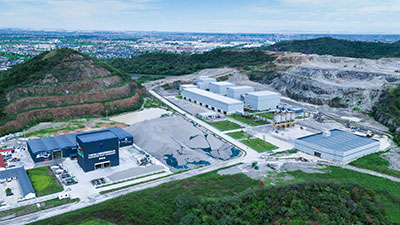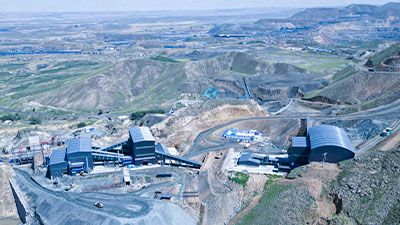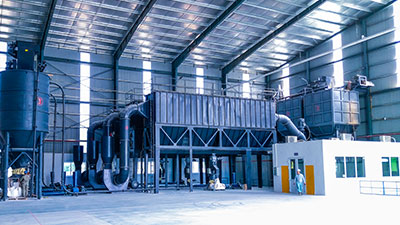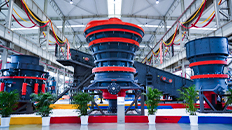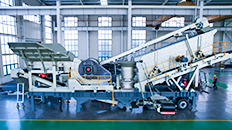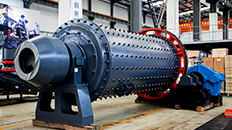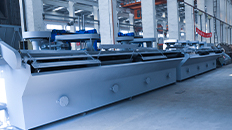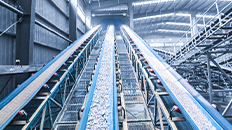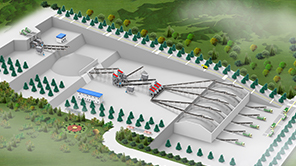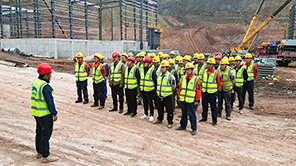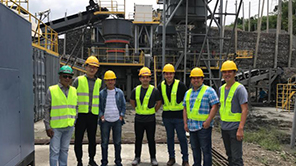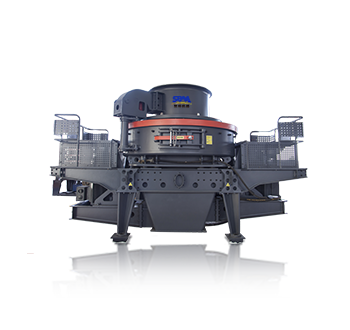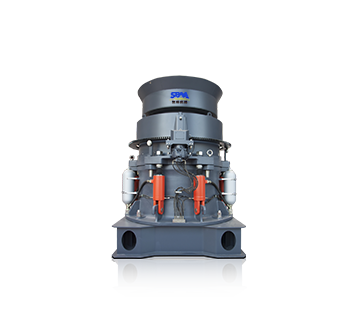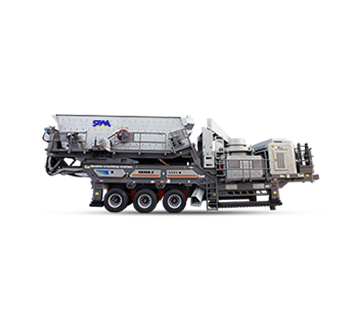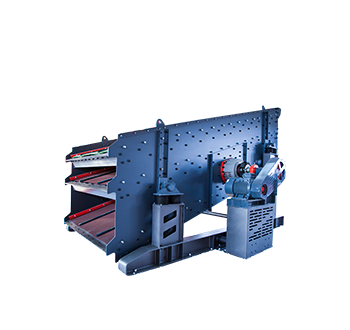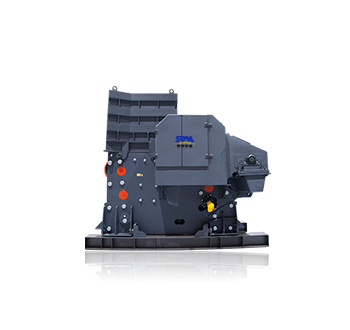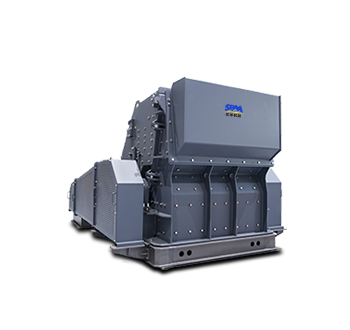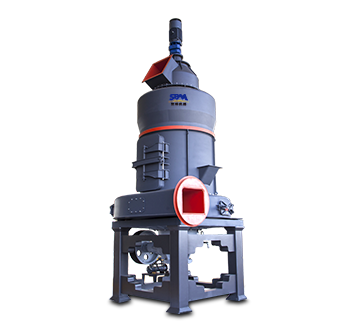Summary:The dust in the production of Raymond mill will not only cause environmental pollution, but also endanger the health of workers.
The dust in the production of Raymond mill will not only cause environmental pollution, but also endanger the health of workers. There are many reasons for producing dust. Here is the point of dust production of Raymond mill.
The point of dust production of Raymond mill refers to the place where dust is produced. Generally, there are mainly inlet and outlet ports and conveying systems. After grinding, the material is sent to the next step by conveyor, in this process, a large amount of dust will be produced, which will spread to the surrounding areas driven by the airflow, thus causing pollution. So we need to find out the causes of different dust production points in order to solve the problem.
1. Reasons for Dust Generation at Feed Port
Raymond mill is not a fully enclosed equipment. In the process of feeding, dust spillover will inevitably occur, which makes dust with high concentration around the inlet and outlet.
2. Reasons for Dust Production at Discharge Gate
Raymond mill grinding materials need to pass through the outlet to enter the conveyor, because there is a certain gap between the outlet and the feed, there will be a part of stone into the air, at the same time, the conveyor in the process of movement, stone powder will also be raised, spread to the surrounding.
To solve this problem, it is necessary to optimize and improve the local structure of the equipment. At the same time, it is necessary to control the source of dust by means of certain external forces, so as to avoid the further spread of dust. Generally, the sealing cover can be set at the dust source, and the sprinkler and dust collector can be installed at the same time. The specific measures are as follows:
- 1. There are two nozzles at the inlet and outlet ports. The direction of the nozzle must be reasonable and point to the source of dust.
- 2. The conveyor belt is equipped with water spraying device to reduce dust dispersion during conveying.
- 3. Replace the damaged sieve plate in time so as to avoid the problem of dust increase caused by material blockage.

